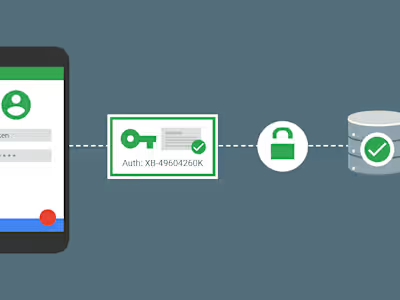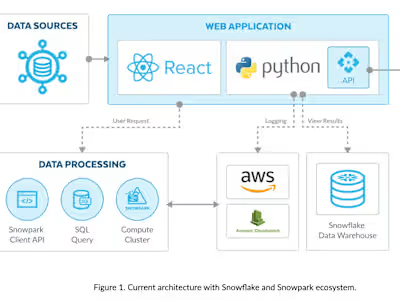Implementing Kubernetes for Streamlined Application Deployment
Shifted an ec2 ASG based system to a serverless one click deployment pipeline on Kubernetes using tools like argocd.
Here’s how I executed the process:
1. Assessing the Existing EC2 ASG System
First, I took a deep dive into our EC2-based ASG setup. This involved analyzing the instance types, scaling triggers, and traffic patterns. By identifying cost and operational inefficiencies in maintaining EC2 instances for peak traffic loads, I established a roadmap for a Kubernetes-based, serverless approach that would reduce overhead and streamline deployments.
2. Designing a Kubernetes Architecture
I selected a managed Kubernetes service—Amazon EKS—to reduce operational overhead while providing flexibility for future scaling. I then laid out the architecture by defining namespaces, resource quotas, and setting up security configurations, enabling us to organize our applications and resources efficiently. My goal was a fully automated deployment pipeline, triggered directly from code changes to eliminate manual interventions.
3. Implementing ArgoCD for Continuous Deployment
I integrated ArgoCD as a GitOps tool to create an automated deployment pipeline. By structuring our Git repositories to act as the source of truth for our Kubernetes manifests and Helm charts, I could track and control every change. I then configured ArgoCD applications, mapping each to specific components in the codebase for clear separation and management.
4. Containerizing the Application
To prepare the application for Kubernetes, I containerized all services, breaking down monolithic components into microservices where needed. I then defined Kubernetes resources through YAML manifests, replacing the EC2 setup with scalable deployments, services, and ingress configurations that are tailored to run on Kubernetes.
5. Enabling Serverless Autoscaling
I set up Kubernetes autoscaling mechanisms, leveraging the Horizontal Pod Autoscaler (HPA) and Cluster Autoscaler. For a truly serverless approach, I used EKS Fargate to run pods without managing EC2 nodes directly, allowing the application to scale up or down in response to demand seamlessly and cost-efficiently.
6. Building a One-Click Deployment Pipeline
I integrated a CI/CD pipeline with ArgoCD to automate the build, test, and deployment process. Each time a change was pushed to a specific branch or tag, the pipeline would automatically build Docker images, push them to our container registry, and trigger ArgoCD to deploy the latest version to Kubernetes. This setup allowed for one-click or automatic deployments, drastically reducing deployment time and effort.
7. Enhancing Observability and Monitoring
To ensure stability and visibility, I implemented a logging and monitoring stack with tools like the EFK (Elasticsearch, Fluentd, Kibana) stack and Prometheus-Grafana. I also configured alerts for failed deployments or unusual resource usage, enabling us to quickly address issues as they arose.
8. Testing and Rolling Out in Stages
I configured ArgoCD to deploy to a staging environment first, allowing us to validate changes and run automated checks before pushing to production. This setup gave us confidence in the stability of the system and enabled smooth rollouts with the ability to revert to previous versions if needed.
9. Decommissioning the EC2 ASG System
Once I validated the Kubernetes setup in production, I began phasing out the EC2 instances and ASGs, completing our shift to a serverless, fully containerized architecture. The entire process provided greater agility, reduced costs, and transformed our deployment model into a streamlined, automated pipeline that’s built to scale.
Like this project
Posted Oct 5, 2024
Successfully transitioned a client's legacy system to Kubernetes, resulting in improved deployment speed and reliability across multiple environments.
Likes
0
Views
20
Clients

CommerceIQ








